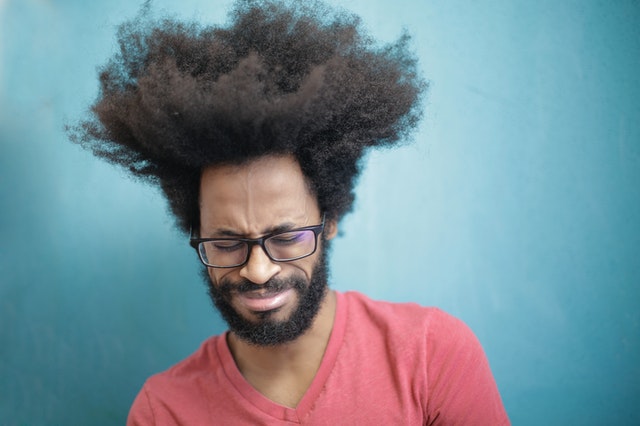With the help of increased reliability and reduced cost of whole body sensing technology, there is also an increase in understanding and an increase in learning of bodily expressions as the dominant channel for a effective communication. There are issues related to the global aspect affecting expression, recognition and perception paradigms or affected human factors such as culture.
Learn more about feelings
Voices, faces, and full-body expressions are some of the most common emotional signals. But feelings are expressed by the whole human body. Several authors have studied the recognition of bodily expressions of emotions in 3 experiments. The first experiment suggested that fear is the most difficult emotion to identify. In the following experiment, both alternatives to the forced selection of facial expression categories for the combined face-body stimulus are significantly affected by body expression. And for the third experiment, it is about recognizing which emotional tone of voice is affected by tasks unrelated to emotional body expressions. Taken together, they refer to the core of emotional bodily expressions in communication, as well as emotional sounds and facial expressions.
It is also a kind of physical and mental ability of non-verbal communication by humans which consists of facial expressions, eye movements, body postures and gestures. Humans interpret and transmit signals almost unconsciously.
There are several types of bodily expressions, and each expresses an emotion. In recent years, more and more research in various disciplines has revealed that bodily expressions are just as powerful as facial expressions in terms of transmitting emotions. Here are the most common body languages that can be seen from a person conveying different feelings or messages.
- scratch your nose
- Wrap the hands in the chest
- Flick the hair above the shoulder
- scratching hair or making noise
- Look at the ground instead of maintaining eye contact
- Place hands on hips (to represent strength)
- Walk in someone's face (or be in someone else's personal space)
Apart from these usual body languages, the eyes can also express many things. A person can smile with his lips and not smile with his eyes. When a person is truly happy, it is reflected in their eyes. If he has a fake smile, the part around the eyes doesn't change at all. Now researchers have added more distinct negative and positive emotions.
Here they are:
- relief
- embarrassment
- Satisfaction
- Pride in achievement
- Entertainment
- Excitement
- to feel guilty
- Sensory pleasure
- Shame
- Satisfy
Physical expressions such as slouching, pointing, waving and touching are forms of nonverbal communication. They usually reveal different things relative to the person using them. One of the basic signals of strong body language is when a person crosses their arms over their chest. It may indicate that he has unknowingly erected a wall between himself and others around him. However, he may also point out that his arms are cold and this can be demonstrated by snuggling or rubbing his arms. In case of confrontation or dangerous situations, this means that the person also expresses his opposition. It can be supported when the person moves away from the stethoscope.








0 Comments